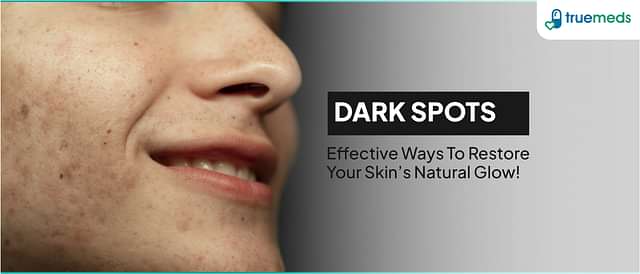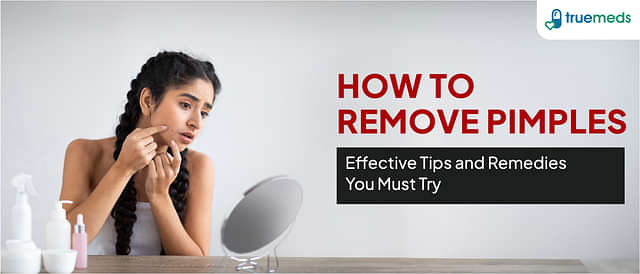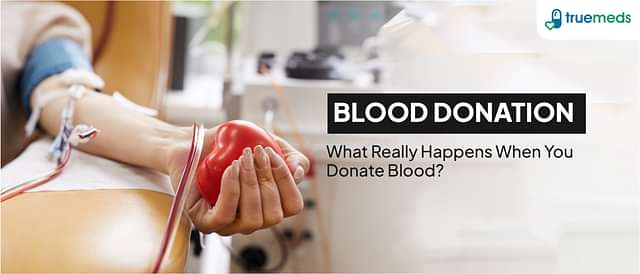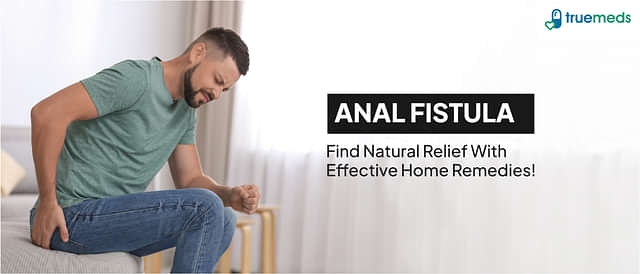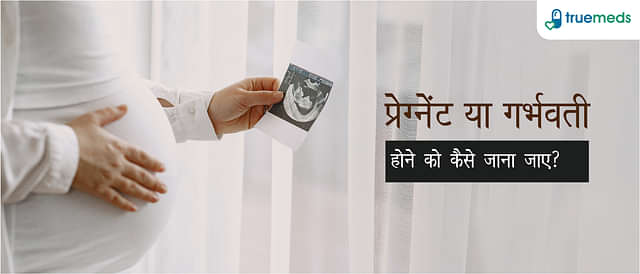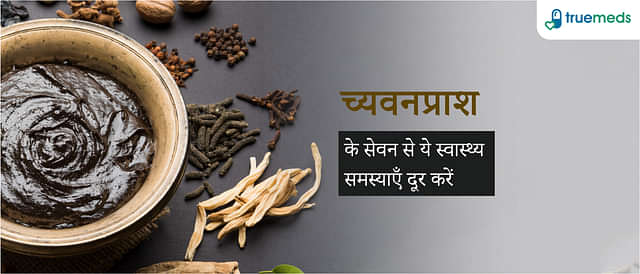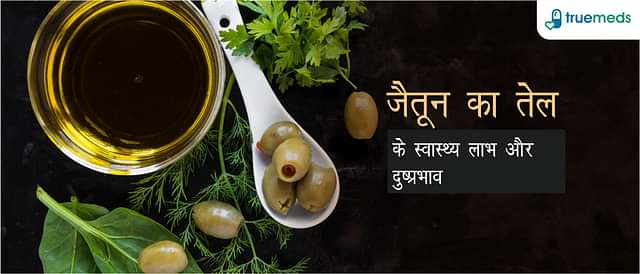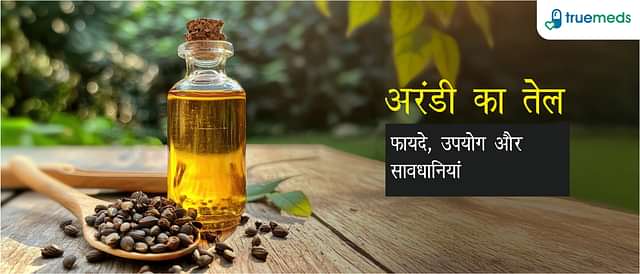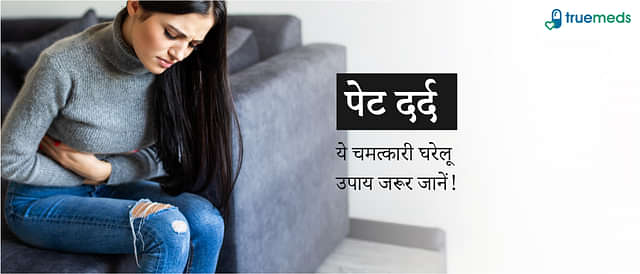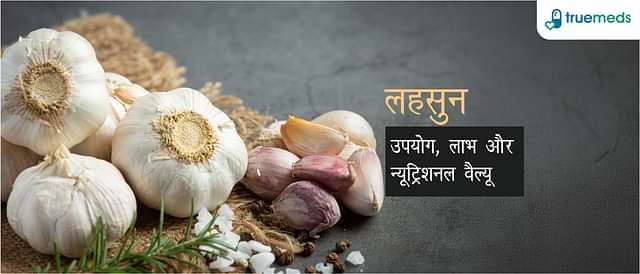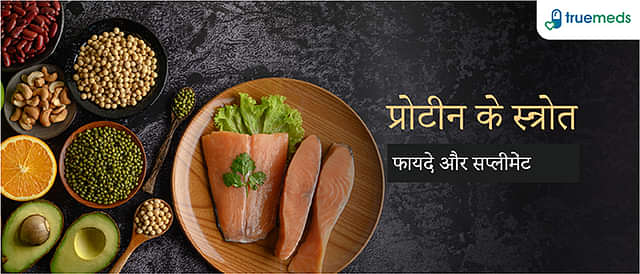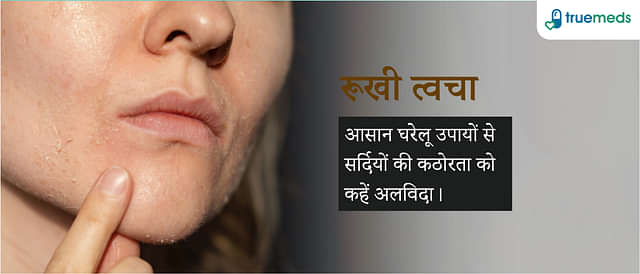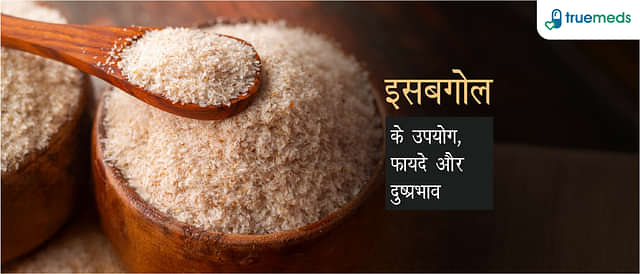First Aid For Bruises Treatment: How To Minimise Pain And Swelling Quickly
Last updated on : 18 Mar, 2025
Read time : 8 min
Bruises are a common type of wound that can happen to anyone, anywhere, at any time. From a mild knock against furniture at home to a stumble on the street – the result can be painful and unsightly. Bruises are caused by small blood vessels breaking under the skin, leading to discolouration, swelling, and discomfort. However, knowing how to treat bruises promptly with at-home remedies or first aid can alleviate the pain and promote faster healing.
In this article, we will discuss bruise treatment methods and how you can swiftly reduce pain and swelling.
Understanding Bruises
A bruise is medically known as a contusion. It typically results from trauma or an impact on your skin. This could be from a fall, bumping into something hard, or even the result of intense exercise like a vigorous workout or a game of football.
The severity of a bruise is influenced by several factors, including the force of the impact, where it has occurred on your body, and even individual health conditions like blood disorders, which may make you bruise more easily. Understanding these aspects is crucial for effective bruise wound treatment and quick recovery.
| Did You Know? Bruises change colour as they heal, starting red, then shifting to purple, blue, green, and yellow before fading away. This happens due to the body’s process of breaking down and reabsorbing the blood. Most bruises heal within 2 to 4 weeks, depending on severity and individual health. |
Types of Bruises
Bruises can appear in many forms on our bodies. They often occur when a part of our body gets hit, causing the small blood vessels under the skin to break and blood to leak into the surrounding tissue. Let’s understand the three main types of bruises:
- Subcutaneous Bruises: These are the most commonly experienced bruises lying just beneath the skin’s surface. Minor injuries, such as bumps or falls, can cause these bruises. You’ll often see them as flat, discoloured spots on your skin which change colour over time as they heal.
- Intramuscular Bruises: These bruises occur within your muscle tissue. A hard hit during a sporting activity or any significant trauma can cause these bruises. They’re usually more painful than subcutaneous bruises, and you might experience swelling and limited movement due to the pooling of blood within the muscle fibres.
- Periosteal Bruises: These occur on the periosteum, a dense layer of connective tissue that surrounds our bones. A hard fall or collision is usually responsible for these bruises. They can be quite painful due to the sensitivity of the periosteum and sometimes lead to complications such as fractures.
Read More: Bruises: Symptoms, Causes and Treatment
Immediate First Aid for Bruises
Having first-aid knowledge for bruise treatment is useful for everyone. Here’s a step-by-step guide for the initial treatment of bruises:
Step 1: Applying Ice
As soon as you get a bruise, apply ice or a cold compress within the first 24 hours if possible. Remember to wrap the ice in a cloth or use a cold pack to avoid direct contact with your skin. Apply it on your bruise for 10-15 minutes at a time, taking breaks to prevent skin damage. This step is crucial as it helps reduce swelling and slows down blood flow to the area, minimising the size of the bruise.
Step 2: Elevation of the Injured Area
Elevate the bruised area above your heart level. You can do this by propping it up with pillows or cushions while you rest. Elevation helps reduce blood flow to the bruise, thereby minimising swelling and preventing further discolouration.
Step 3: Rest and Compression
Giving your body time to heal is essential. Avoid using or putting pressure on the injured area to prevent aggravating the bruise. If necessary, gently wrap the bruise with an elastic bandage for compression; ensure it is snug but not too tight to avoid restricting circulation.
Home Remedies for Bruises
When it comes to treating the common bruise wound, you might be surprised to discover that natural methods can effectively reduce bruising and promote healing. Here are a few home remedies you can try:
1) Arnica
If you’re looking for a potent bruise home treatment, try arnica. This herbal remedy is well-known for its anti-inflammatory properties. Applying it topically in the form of gels or ointments can help reduce swelling and discolouration. Regular application can enhance recovery and minimise pain associated with a bruised thigh or any other part of your body.
2) Witch Hazel
Witch hazel is another natural remedy that possesses anti-inflammatory and astringent properties. Applying witch hazel extract to a bruise can help reduce swelling and promote healing by constricting blood vessels, minimising blood flow to the area, thus aiding in bruise treatment.
3) Essential Oils
Certain essential oils can also aid in healing a bruise.
- Lavender Oil: Known for its calming properties, lavender oil applied directly to the bruise helps reduce pain and inflammation.
- Frankincense Oil: This oil has anti-inflammatory properties and can be mixed with a carrier oil before application to the affected area to promote healing.
Over-the-Counter Bruise Treatments
In addition to home remedies, there are various over-the-counter treatments available that can assist in treating bruises on your legs or any location on your body.
1) Topical Creams and Gels
If you’re seeking first aid for bruises, consider products containing arnica or vitamin K. They can improve the appearance of bruises and speed up healing. For instance, arnica gels and creams are widely available at chemists and can be applied several times a day to the affected area.
2) Pain Relief Medication
Over-the-counter pain relief medications, such as ibuprofen or acetaminophen, can help manage pain associated with bruises. Be sure to follow the instructions on the packaging or consult with a doctor for an appropriate dosage based on age and overall health condition.
3) When to Use and the Right Dosage
For maximum benefit, use topical treatments as soon as possible after the bruise occurs. Pain relief medications can be taken as needed, but it’s essential to adhere to the recommended dosages and consult a doctor to avoid potential side effects.
| Tip to Remember: If bruising persists or worsens, it might be a sign of an underlying issue. This might require deep bruise treatment. |
When to Seek Medical Attention
Not all bruises are the same, and they can sometimes indicate a more severe issue.
Here are some situations when you should consult your family doctor:
- Severe Pain: Bruises are usually accompanied by mild pain that subsides on its own. However, if the pain is severe and does not improve with over-the-counter pain relief, it might indicate a more severe injury, like a fracture.
- Large or Unusual Bruises: If your bruise is unusually large, appears without an apparent reason, or continues to grow in size, these could signal an underlying issue like a bleeding disorder.
- Frequent Bruising: It’s common to get a bruise wound now and then, but frequent bruises without significant trauma should not be ignored. They might indicate an underlying issue that needs medical attention.
- Signs of Infection: If the bruised area becomes red, warm, swollen, or develops pus – these are signs of infection. It’s advisable to seek medical help urgently.
- Joint Involvement: If you experience difficulty in moving a bruised area near a joint, it’s important to consult a doctor immediately. This could indicate further damage apart from the visible bruise.
Dealing with bruises can be tricky. Understanding how to heal a bruise through home remedies for bruises or how to treat bruises on legs effectively can significantly reduce discomfort and promote faster healing. Over-the-counter treatments along with home care like using arnica, witch hazel, and essential oils can help.
However, the key is knowing when to opt for bruise treatment at home and when to seek professional help. Recognising when to seek medical attention for your bruises can prevent complications and ensure faster recovery. Don’t ignore frequent or painful bruising!
FAQs
You should avoid massaging the bruised area, applying heat, and taking blood-thinning medicines, as these can prolong bruise healing.
A typical bruise wound takes about two weeks to heal completely. However, larger or deeper bruises can take longer.
Yes, persistent or recurring bruises, especially without impact or physical trauma, could indicate a blood clotting disorder or other serious conditions. Seek immediate medical attention if you’re concerned.
Yes, home remedies for bruises like applying ice or using arnica gel can help reduce swelling and speed up healing.
Deep bruise treatment involves rest, ice, compression and elevation (RICE). Over-the-counter painkillers might also be useful.
If your bruise doesn’t show signs of improvement after two weeks or worsens with time, consult your family doctor promptly.
Disclaimer
Our healthcare experts have carefully reviewed and compiled the information presented here to ensure accuracy and trustworthiness. It is important to note that this information serves as a general overview of the topic and is for informational purposes only. It is not intended to diagnose, prevent, or cure any health problem. This page does not establish a doctor-patient relationship, nor does it replace the advice or consultation of a registered medical practitioner. We recommend seeking guidance from your registered medical practitioner for any questions or concerns regarding your medical condition.
Popular Articles
Recommended Articles
Recent Articles
Top-Selling Medicines:
...View more
Top-Selling OTC:
...View more
Subscribe
Registered Office Address
Grievance Officer
Download Truemeds

Contact Us
Our customer representative team is available 7 days a week from 9 am - 9 pm.
v3.7.5
Our Payment Partners











